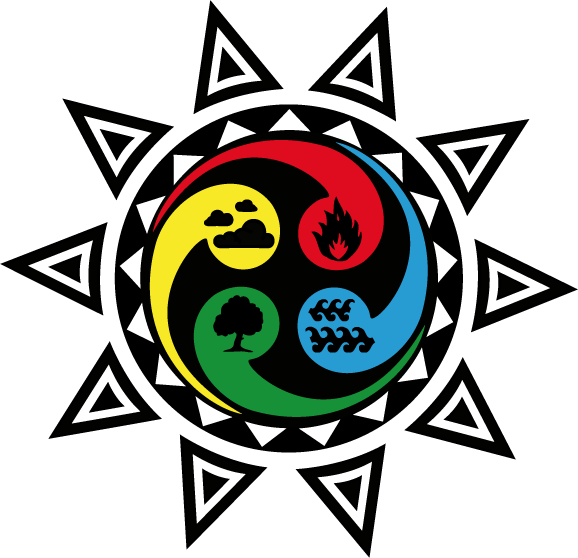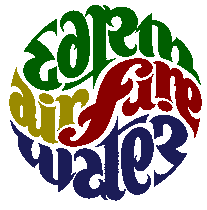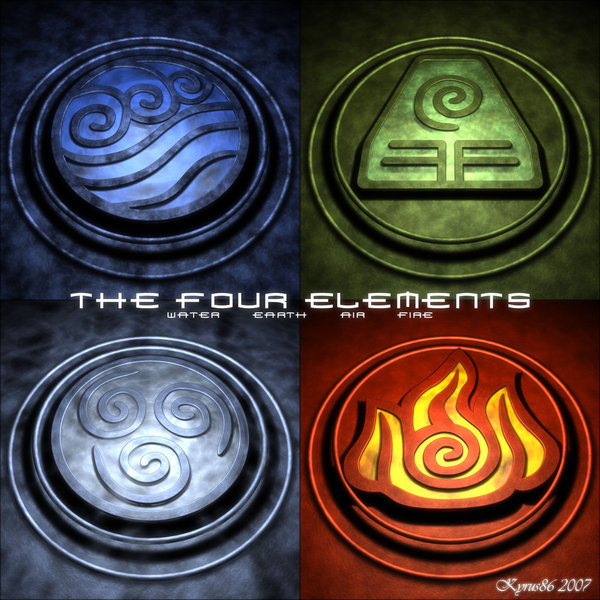

"GMT" The Learning HTML
The Four Classical Elements
 |
Many philosophies and worldviews have a set of classical elements believed to reflect the simplest essential parts and principles of which anything consists or upon which the constitution and fundamental powers of anything are based. Most frequently, classical elements refer to ancient beliefs inspired by natural observation of the phases of matter. Historians trace the evolution of modern theory pertaining to the chemical elements, as well as chemical compounds and mixtures of natural substances to medieval, Islamic and Greek models. Many concepts once thought to be analogous, such as the Chinese Wu Xing, are now understood more figuratively. The Greek classical elements (Earth, Water, Air, and Fire) date from pre-Socratic times and persisted throughout the Middle Ages and into the Renaissance, deeply influencing European thought and culture. The Greek five elements are sometimes associated with the five platonic solids. Plato characterizes the elements as being pre-Socratic in origin from a list created by the Sicilian philosopher Empedocles (ca. 450 BC). Empedocles called these the four "roots". Plato seems to have been the first to use the term "element" in reference to air, fire, earth, and water. The ancient Greek word for element, stoicheion (from stoicheo, "to line up") meant "smallest division (of a sun-dial), a syllable", as the composing unit of an alphabet it could denote a letter and the smallest unit from which a word is formed. According to Aristotle in his On Generation and Corruption:
 |
Air is primarily wet and secondarily hot.
Fire is primarily hot and secondarily dry.
Earth is primarily dry and secondarily cold.
Water is primarily cold and secondarily wet.
One classic diagram (above) has one square inscribed in the other, with the corners of one being the classical elements, and the corners of the other being the properties. The opposite corner is the opposite of these properties, "hot - cold" and "dry - wet". Aristotle added aether as the quintessence, reasoning that whereas fire, earth, air, and water were earthly and corruptible, since no changes had been perceived in the heavenly regions, the stars cannot be made out of any of the four elements but must be made of a different, unchangeable, heavenly substance.In modern-day Wicca and Paganism, there is a good deal of focus on the four elements � Earth, Air, Fire, and Water. A few traditions of Wicca also include a fifth element, which is Spirit or Self. The concept is hardly a new one. A Greek philosopher named Empedocles is credited with the cosmogenic theory of these four elements being the root of all existing matter. Unfortunately, much of Empedocles� writing has been lost, but his ideas remain with us today and are widely accepted by most Pagans and Wiccans. Each of the elements is associated with traits and meanings, as well as with directions on the compass. The following directional associations are for the Northern hemisphere; readers in the Southern hemisphere should use the opposite correspondences.









